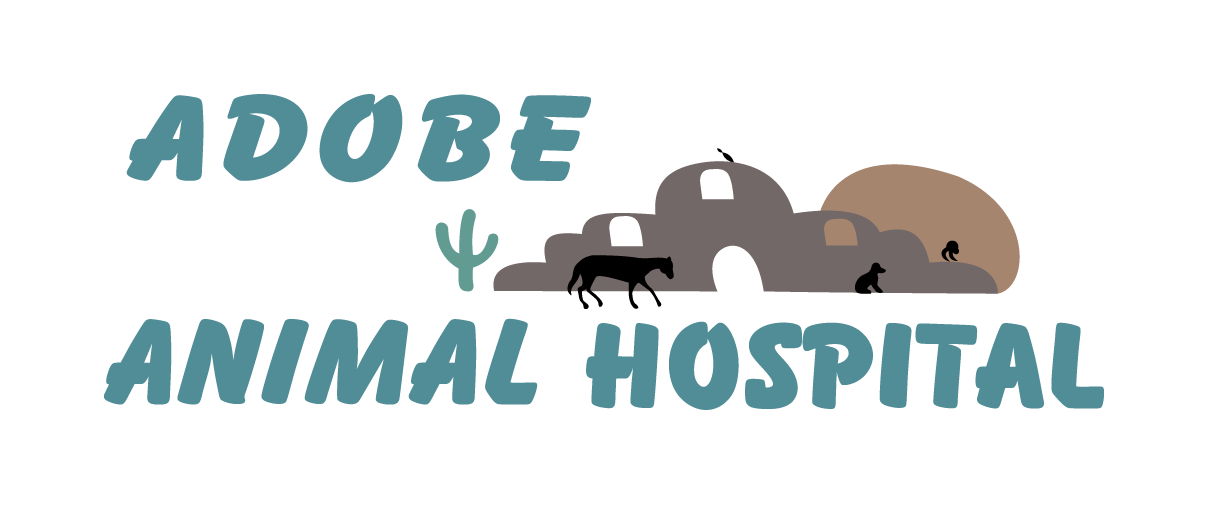April 29: The Day Dedicated to Hairballs
You know how often cats can get hairballs as a cat owner, but April 29 is National Hairball Awareness Day. It is important to understand them more and what you can do to prevent hairballs in case of a hairball emergency.
What causes hairballs in cats?
Normal grooming behavior results in your cat swallowing some hair, whether they are short- or long-haired. Occasionally, the hair will wad up in the stomach and turn into a hairball that is then vomited as a long, tubular mass. A monthly hairball, although gross, does generally not cause for concern.
When do hairballs cause problems?
When too much hair remains in the stomach or small intestine, it can cause a serious blockage if your cat cannot vomit it up. Additionally, if your cat continues to gag, retch, or vomit without producing a hairball, they could have another issue going on. Appetite loss, diarrhea, constipation, and lethargy are also signs that your cat may have a hairball blockage. If your cat grooms to the point of causing bald areas and skin irritation, they may have allergies, parasites, or other health conditions that require veterinary treatment.
What should you do about your cat’s hairballs?
If your cat’s hairball production seems excessive, talk to our team about possible solutions. They may include:
- Hairball diets — Certain cat foods may help prevent or control hairballs. These diets are generally high in fiber to help improve gastrointestinal motility and move hairballs along.
- Professional grooming — If your cat is long-haired, they may need more grooming assistance than you can offer at home. Short-haired cats are sometimes difficult to groom, making a professional bath and brushing necessary to remove dead hair.
If your feline friend is grooming excessively or is having trouble producing a hairball, our team is here to help. Please contact us and we can work on helping the hairball issues.

